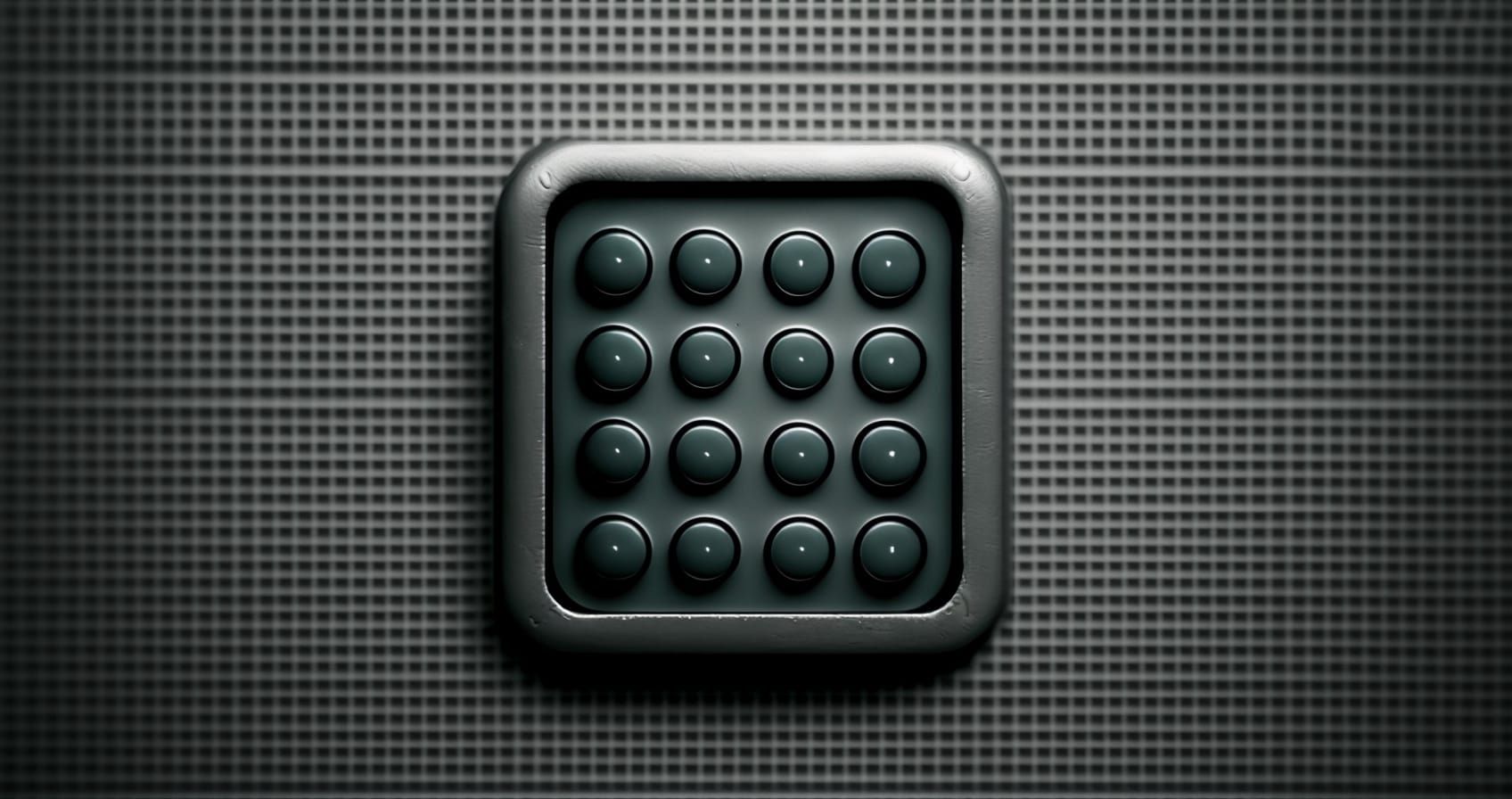Creating a Button Container with CSS Grid

Buttons are an essential element of web design, used to prompt users to take action. Whether it's signing up for a newsletter, completing a purchase, or exploring a new feature, buttons are a key part of the user experience. However, managing button placement on a webpage can be a challenge. As the number of buttons grows, it becomes increasingly difficult to organize them in an effective and aesthetically pleasing way.
Fortunately, with CSS Grid, it's easy to create a container that allows you to control spacing and layout. Using CSS Grid, you can define the number of columns and rows, specify the size and spacing of each item, and even adjust the layout based on the available screen size. In this article, we'll walk through the process of creating a button container using CSS Grid, providing you with the tools you need to make your buttons look great and function effectively on any device, using a mobile-first approach.
Getting Started
Let's start with some basic code to create a button container using CSS Grid:
.button-container {
display: grid;
grid-template-columns: 1fr;
grid-gap: 10px;
}Here, we define a class .button-container and set it to display: grid to
activate the CSS Grid. We set the grid-template-columns property to 1fr, which
means the container will have a single column. This ensures that the buttons
stack vertically and don't overflow off the screen on smaller devices.
grid-gap: 10px property allows us to comfortable control the spacing between
the elements of the grid. Actually, simplier gap: 10px will be available soon
for easier control of grid and flex models.
Using the Button Container
Now that we have the CSS for the button container, let's see how to use it in your HTML, even with longer text inside the buttons:
<div class="button-container">
<button>Button 1</button>
<button>Button 2 Lorem, ipsum. Lorem ipsum dolor sit amet.</button>
</div>Simply wrap your buttons in a div with the .button-container class, and the
CSS Grid will take care of the rest. You can use any type of button component,
including button, a, or even custom components.
Responsive Design
One of the great benefits of using CSS Grid is that it automatically adapts to the available screen size using a mobile-first approach. In our example, we start with a single column layout and add additional columns for larger screens using a media query:
@media (min-width: 768px) {
.button-container {
grid-template-columns: repeat(auto-fit, minmax(150px, max-content));
justify-content: center;
}
}Here, we use min-width instead of max-width to define the media query, which
means that the default styles will be applied on mobile devices with smaller
screens. When the screen width is greater than or equal to 768px, the grid will
use the repeat and minmax properties to create multiple columns with a
minimum width of 150px and a maximum width that fits the content.
Putting it all Together
Now that we've gone over the code for creating a button container using CSS Grid, let's put everything together and see how it looks. Here's the full code for the button container:
<style>
.button-container {
display: grid;
grid-template-columns: 1fr;
grid-gap: 10px;
}
@media (min-width: 415px) {
.button-container {
grid-template-columns: repeat(auto-fit, minmax(150px, max-content));
justify-content: center;
}
}
</style>
<div class="button-container">
<button>Button 1</button>
<button>Button 2 Lorem, ipsum. Lorem ipsum dolor sit amet.</button>
</div>As you can see, the button container automatically adapts to the available screen size and adjusts the number of columns accordingly. Feel free to try it in your own editor and browser and experiment with different button components and container settings to see what works best for your web design.
Conclusion
With CSS Grid, creating a button container is easy and provides a lot of
flexibility. By using the repeat, auto-fit, and minmax properties, you can
create a container that adjusts to the available space and wraps when necessary.
Additionally, the grid-gap property allows you to control the spacing between
buttons, while the justify-content property helps you center the buttons
within the container. Using a mobile-first approach, CSS Grid also allows you to
ensure that your button container looks great and works effectively on any
device.
By following the steps outlined in this article, you can easily create a button
container that enhances your website's design and functionality. Whether you're
creating a simple contact form or a complex
PS: While using a button container can help you organize and display multiple buttons on a web page, it's important to keep in mind that too many buttons in a single container can be overwhelming for users. As a result, it's recommended to limit the number of buttons in a container and to group them in a logical and intuitive way. This can help ensure that users are not frustrated by an excessive number of choices and are more likely to take positive actions with the buttons.